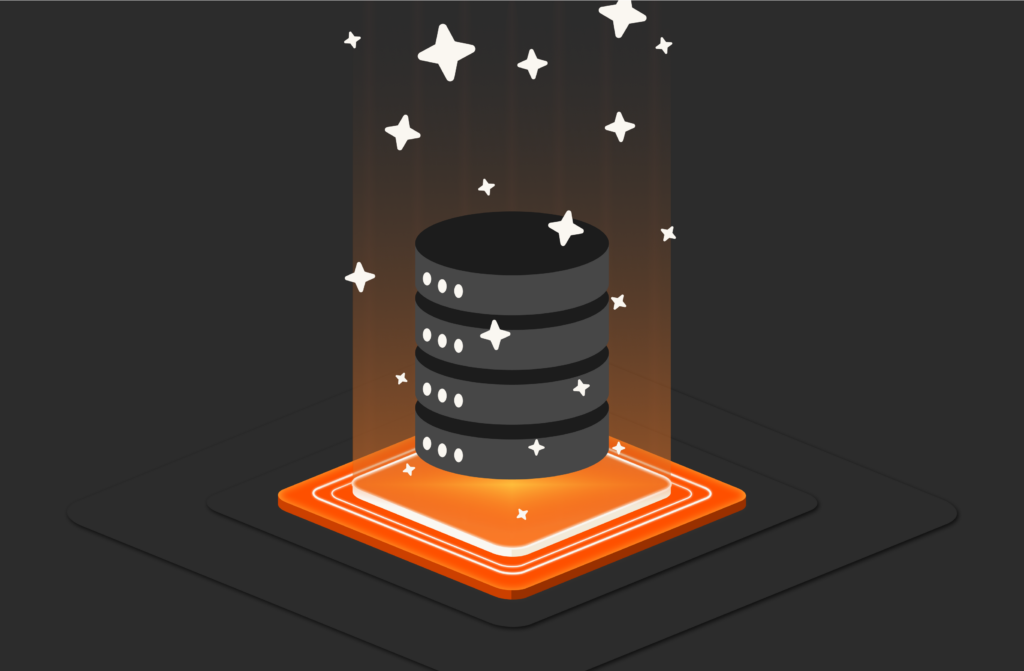Both cloud adoption and being cloud-native are being pushed and lauded as very important things for business survival today, and for good reason: The cloud can solve legacy IT headaches of yesteryear and give apps more horsepower when they need it. You can pick and choose resources à la carte. Managed service providers (MSPs) will take tuning and tooling off your plate.
But what the cloud gives it can also take away—and experience has shown that rapid adoption can also quickly lead to chaos and complexity. The cloud once promised cost savings, but we all know what happened with that, and its continuing price escalation is forcing companies to do more with less and optimize their costs.
How can organizations get cloud costs under control without adding even more complexity?
1. Future-Proof Your Cloud Operating Model
There’s a slight problem with calling cloud adoption a “journey.” It implies that once you get there, you’ve arrived—but it’s not one-and-done. To keep budgets in check, you will need to have a foundational data storage and management infrastructure with the adaptability and flexibility to support AI and whatever comes next.
If you’ve had a more piecemeal, de facto adoption of the cloud so far, take time to pause and do an audit, which includes adopting a cloud operating model. The idea is to break down cloud characteristics into three categories:
Cloud experience: Services that deliver the capabilities you need with limitless access, wherever and whenever you need them.
Cloud operations: API-driven automation and DevOps with self-service interaction, visibility, and control of their storage estate.
Cloud economics: Optimize cost with flexible payment models linked to the resources you actually use.
The cloud economics category is the one where you can examine what goes into your cloud bill, and how you can get that spend under control.
You need to take a hard look at:
- The nature of your workloads in the cloud. Workloads are most easily broken down into two types: static and dynamic. They’ll require different types of storage, services, and runtimes. Which ones actually need to run 24×7? Which can be safely stored in a data lake or solution that doesn’t require super low latency or real-time processing? Also, most companies are now dealing with AI workloads, which are a whole different beast requiring special treatment.
- Your overall capacity requirements. Leave a buffer on either end so you’re not in a pinch during a burst and aren’t leaving too much idle.
- The licenses and resources you’re paying for vs. actually using. You can revisit this as workloads change. And if you notice you’re acquiring new services faster than you can dial them in, you might be on the path to creating waste.
- The resources that have auto-scaling. Do you have the ability to spin them down when requirements change? This way when you move workloads, you’re not paying for services you no longer need.
- The apps and data that need to be mobile, shared, and freed from silos. It all comes down to being able to move, access, and share data. With better data mobility, it can be easier to move workloads between public and private environments. Watch for bottlenecks here as some legacy storage solutions haven’t quite caught up to the cloud’s pace of change.
Bottom line: Regularly re-evaluate your cloud strategy from a high level. Workloads will ebb and flow, and some may evolve to be better suited on premises. Here’s where interoperability can be a game-changer and why having the data mobility and stability to support that change is critical.
2. Opt for Flexible Consumption Models
Monthly subscriptions for services that aren’t being used at all, or to their maximum potential, are major overspend offenders. The easiest way to safeguard budgets when workloads are bound to fluctuate is with flexible consumption models that allow you to pay for only what you use.
As-a-service models are the ticket to solving one of IT decision-makers’ top concerns: accurate capacity planning.
Case in point: Evergreen//One™ uses a flexible consumption model for data storage, which allows you to treat storage like a utility. You pay for what you use, not a fixed amount of storage you may overuse or underuse. For multicloud environments, in particular, this has a major advantage. It reduces complexity between different providers, on premises and off, with one unified subscription to manage multiple cloud services at once.
Hybrid cloud has never been more streamlined.
3. Use Advanced Analytics and AI-powered Monitoring for Better Visibility
The best way to get ahead of bloat is with transparency in your cloud environments—a lack of which is another top pain point in data centers. Here’s where as-a-service models like Evergreen//One can provide portals with metering and monitoring capabilities so you’re getting a clear view of your costs and usage.
Also, effective IT analytics and reporting can go further to help you accurately forecast and prevent waste. That workload running 24×7 and causing costs to skyrocket? You’ll know about it sooner with better analytics.
“80% of IT leaders are worried that their business will be left behind if their infrastructure can’t support AI fast enough.” – The Innovation Race
Yet IT analytics can be challenging, especially if you’ve adopted more à la carte cloud services.
What’s the solution? Governance is a must, but it can be time-consuming when done manually. IT infrastructure management (ITIM) tools, spend management tools, and cloud-native monitoring can all help you get closer to an optimized cloud. But again, you’re staring down the barrel of complexity.
Automation, AI, and API-based tools can make this significantly easier. AI can spot anomalies, predict trends in your capacity requirements, and anticipate waste before it makes its way to the balance sheet. Pure1®, our AI-based monitoring platform, can detect trends that indicate when you need more or less storage capacity and alerts us to issues before they occur.

Try FlashArray//C™
Capacity-optimized, All-flash Storage
Get enterprise-class performance, reliability, and agility at an accessible price.
4. Focus on App Portability, Data Mobility, and Interoperability
“At Pure, we’ve curated our suite of data storage and management solutions to act as the facilitator, the accelerator, and the de-risker on your journey to the cloud. All of the integrated technologies that you will use… All roads lead back to data.” – Abraham Barnes
A big allure of the cloud model is augmenting performance and tapping into advanced services you don’t have on-prem, but it turns out there are still trade-offs. Mainly, where and how you choose to store your data can lead to compromises that diminish cloud ROI. Ironically, better on-premises storage can be a great place to start.
Why? Cloud silos can come back into play at the data layer. Add in platform-specific APIs and a diverse cloud environment can quickly resemble the legacy environment you came from. Storing duplicate data sets on multiple clouds sounds like a solution but can lead to compliance and governance complexities you don’t want.
A solution like Evergreen//One helps organizations reduce data gravity in the cloud with a single pane of glass between providers, both on premises and in the cloud. It can also remove the often cost-prohibitive task of moving data between clouds.
How The Pure Platform Helps You Control Cloud Costs
Real clouds may defy gravity, but data doesn’t. Going hybrid with a mix of public- and private-cloud environments is one of the smartest investments an organization can make, but don’t underestimate your underlying technology.
A great cloud strategy has a primary center of gravity: a unified, modern data solution that eliminates the complexities that lead to overspending and runaway budgets.
With a platform like Pure, you get one unified subscription across public and on-premises clouds so you can do what you want when you want. That alone can help cut unnecessary costs and conquer waste—all without cutting critical, strategic resources that can drive your business forward.
If you do look at cloud adoption as a journey, getting your data in order should be the first step. And Pure is here to help.
Designed from the ground up to offer the only unified storage solution built for the cloud era, Pure simplifies and reduces the cost of your cloud operations, allowing you to:
- Bring all your traditional and modern workloads onto a single unified platform, streamlining operations forever.
- Easily deliver on-demand, self-service storage and managed data services backed by business guarantees.
- Deploy independent of the underlying infrastructure or application — cloud, on-premises, or hybrid— with the same common experience.
- Expand on the fly with no sudden or hidden costs and without having to fear for that time when you need to change or update and didn’t pre-plan.
Learn more about how Pure helps you make the most of your data, everywhere.






